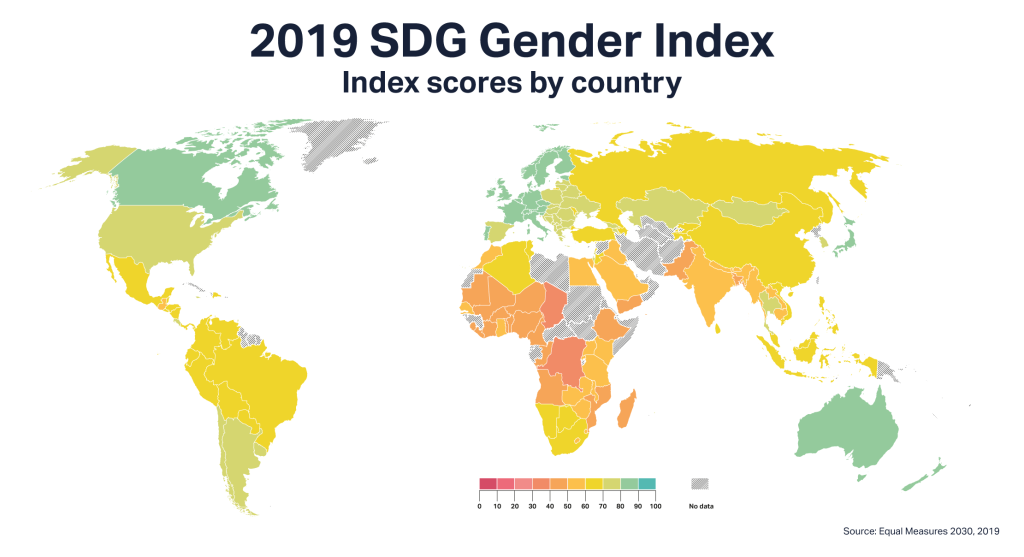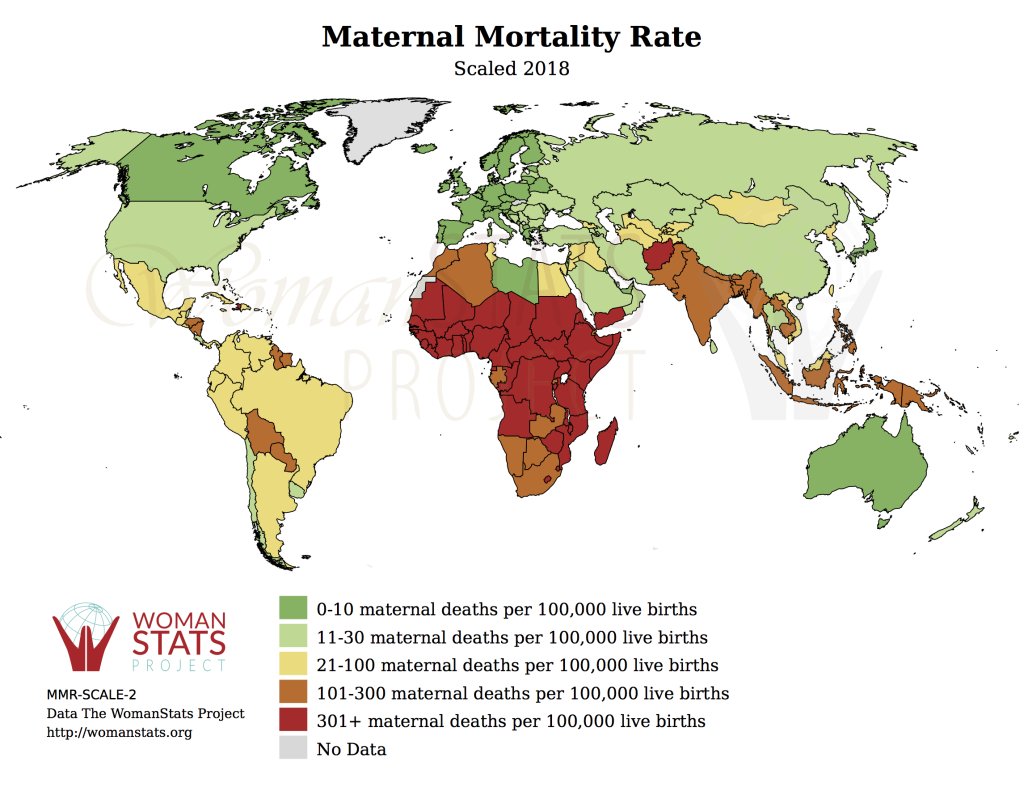Gender and Development 101
Let me preface by saying complex problems require complex solutions. Gender inequality is a complex problem. Without experiencing it, learning about it, acting against or reflecting upon it, you are not going to be effective against it. But, you have to start somewhere. Understand the concepts and find the skills that you can put forth towards the best solutions. That’s where I come in. I have spent the last seven years working on gender justice and studied it for five years prior to that. I am still learning and will continue to learn. But I wanted to take my understanding and knowledge and create a resource site for anyone “working on gender”, whether you are starting off, or are an experienced gender specialist.
The Basics: Gender – It’s Complicated
What is ‘gender’? As Jeff Hearn says “there is a simple answer…and a more complicated answer.” The simple version is that gender is a social construct. It is often confused with ‘sex’ which is a biological construct. Whereas gender encompasses societal expectations, roles and responsibilities, sex is about the reproductive capacities, difference of hormones, chromosomes and other related factors. The two commons nomenclature used in sex are ‘male’ and ‘female’ whereas in gender, it is ‘man’ and ‘woman’. However, here is where it gets complicated.
Both gender and sex are on a spectrum and there are more than simply two identities. While biological sex is a reality, it is more useful to work with gender identity. The gender of a person may be different from their sex assigned at birth which may be different from their sexuality. Here is a somewhat simpler way to understand the different concepts of gender and sexuality from identity, attraction, expression and biology.

You can learn more from these resources:
“Doctors, Let’s talk about Sex…and Gender” from a physician’s perspective
“Diversity Toolkit: Sexual Orientation and Gender Identity” for teachers
“Sexuality and Social Justice: A Toolkit” for activists and civil society practitioners
For the purposes of working towards “gender equality”, the gender identity is most commonly referred to although there is an increasing focusing on intersectional work (which is based on Kimberlé Crenshaw’s ideology that gendered experiences cross cut with other socio-economic factors like race, class etc).
Why does ‘Gender’ Matter in Development
As mentioned before, the gender of a person is associated with certain rules, norms, practices and expectations. For example, if someone is identified as a “woman” – what are the expectations that the woman has to fulfil in society. Similarly, if someone identifies as a ‘man’, what are his expectations? And if these expectations are not fulfilled, what happens? More importantly, how does society treat them on the basis of understanding of these identities. In most of the world, society values men higher than women which has an impact on their access to resources, attaining rights and opportunities.
The global gender equality index looks at a number of indicators from the sustainable development goals to see whether countries have met their target of gender equality,

As you can see, very few countries meet the target of gender equality. If we break it down to specific rights like right to property, not getting married underaged and other such things, we will see that women face a greater disadvantage than men.




Therefore, it is important to work towards ‘gender equality’. By understanding how the world impacts men and women differently, solutions through programs, policies, advocacy and other strategies can lead to increased in participation of decision-making, access to, and control over resources, shift of labour practices and other changes to reach a stage where gender does not inhibit a person.
Approaches to ‘Gender Equality’
While gender equality is the ultimate outcome, the process through which it is achieved it ‘gender equity’.

Gender and development is an approach. You can read more about the history here. There are other approaches like rights-based approaches, legal and policy approaches, or thematic approaches like labour and gender, environment and gender, sexual and reproductive health, health and gender, violence, conflict and peace-building, gender representation in the media , engaging men and boy, creating more inclusive public spaces and infrastructure – the list goes on. There are many many different ways that one can decide to “work on gender”. What you end up working on is dependent on your interest and expertise.
Site Guide
In this website, I will create various documents covering the above approaches and themes by providing a brief summary, different organisations that work on these areas and a list of resources where you can get more information.
List of Reading Materials:
UN Women has a lot of resources related to Gender. This toolkit is something that I have found particularly helpful
Understanding the spectrum of ‘Gender’
Read more about equity